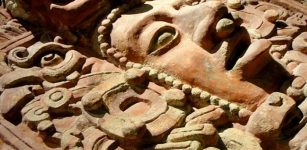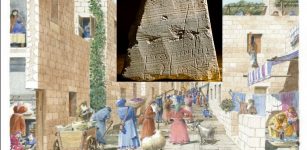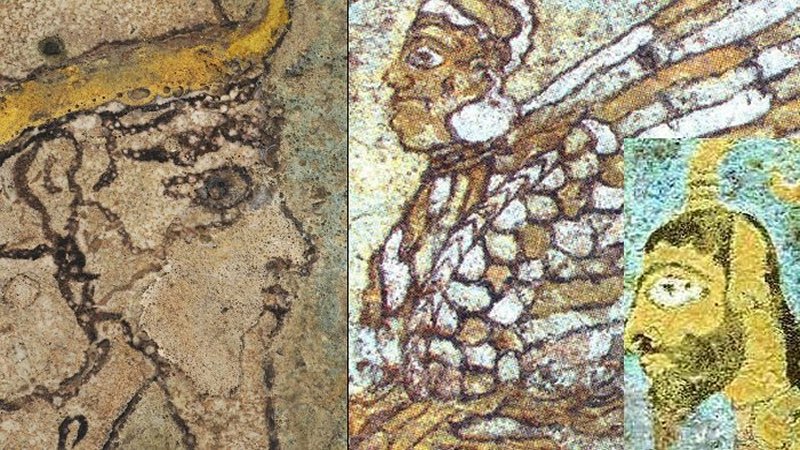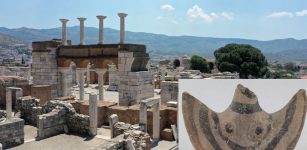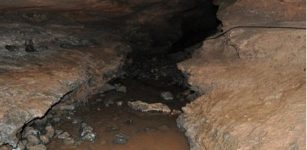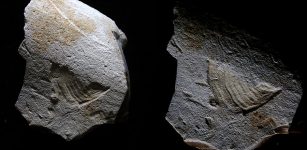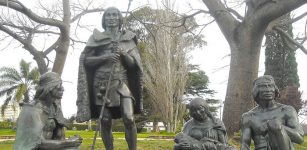5,000-Year-Old Kurgan-Style Tomb Of Ancient Warrior Discovered In Turkey
MessageToEagle.com – Archeologists excavating in Turkey have unearthed a 5,000-year-old kurgan-style tomb of an ancient warrior. The discovery has already been announced as the biggest archaeological discovery of the year.
A kurgan is a circular burial mound constructed over a pit grave that often contains grave vessels, weapons and the bodies of horses as well as a single human body.
These types of tombs were originally used on the Russian steppes. In the 3rd millennium ancient people living in eastern, central and northern Europe started to bury their dead in kurgan-styled tombs. The ancient Turks and the Altai people considered these tombs sacred.
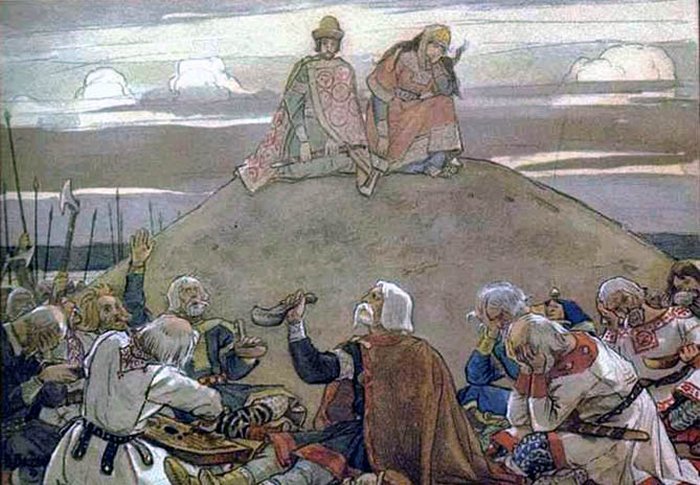
Inside the first and oldest 5,000-year-old kurgan-style tomb ever discovered in Turkey was an arrowhead and the body of a once important man who lived during the Bronze Age. Archaeologists say the arrowhead on the skeleton is a symbol that this he was an ancient warrior. Researchers were lucky because the kurgan-style tomb, the forerunner of the tumulus, was previously looted by treasure hunters who nonetheless failed to access the main tomb.
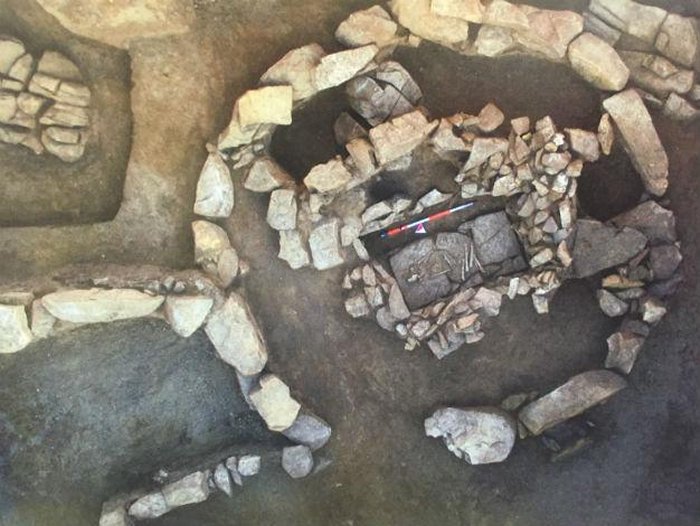
The circular tomb is surrounded by stones in a plan, is six meters in width. The inside of the tomb, however, is in a rectangular shape.
The ancient warrior was put on stony ground in a half-hocker position and buried with gifts for the dead. The hocker position is a fetal-like position where the arms embrace the lower limbs, ostensibly to allow the deceased to enter the next world like a newborn or to prevent the dead from rising from the grave.
“Thrace received migrations from the north. This is a kurgan-style tomb and such tombs exist in my studies, too,” said Istanbul University Archaeology Department Prehistoric Department Professor Mehmet Özdoğan. “I know that lots of kurgan tombs have been destroyed in Thrace. We have rescued one of them from the digger. But this tomb is older and is from the Bronze Age. It is a very important discovery. I believe scientific examinations will lead to interesting results.”
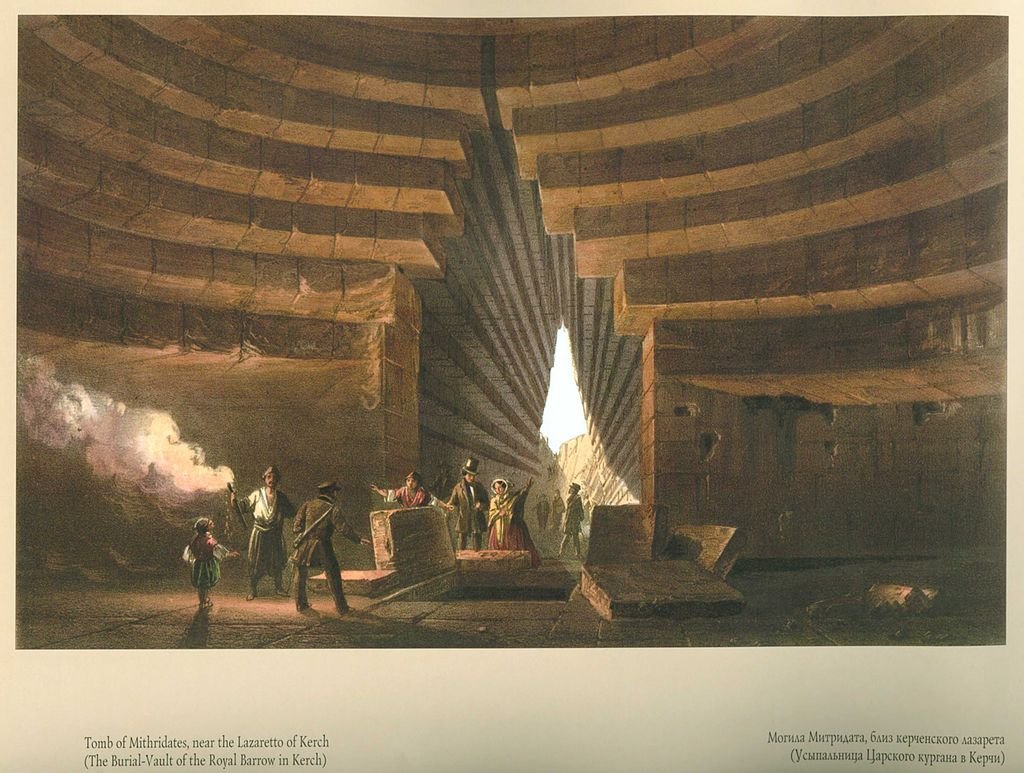
See also:
Yenikapi Excavations Reveal 8,500-Year-Old Artifacts
Discovered Yenikapi Shipwrecks Are A Unique Historical Treasure
6,000-Year-Old Complex Nebet Tepe With Remains Of Ancient Thracian Town, Eumolpias
The grave was the only known kurgan-style tomb in Thrace until the discovery of the tomb in Silivri, which not only older than the Kırklareli find but also completely intact.
Scientists are thrilled as this discovery will help to provide new information about the history of Istanbul and Thrace in the wake of the Yenikapı archaeological excavations.
MessageToEagle.com


